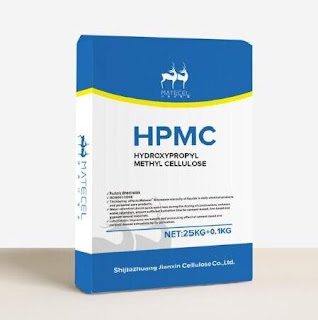What Are The Pros and Cons of Solar Panels for Power Generation?
The main source of electricity is coal power, but since coal power can cause a lot of pollution to the environment, the development of new energy sources has become a very important element in recent years. Among them, photovoltaic power generation is one of the new energy sources. So what is photovoltaic power generation? To achieve the "double carbon goal" to play what role? Let's take a look at the pros and cons of solar panels for power generation.
Advantages of solar photovoltaic power generation
1. Energy independence
If you have a solar system with energy storage, you can continue to generate electricity in case of emergency. This energy storage system is essential if you live in a place where the power grid is unreliable or are constantly threatened by bad weather such as typhoons.
2. Save on electricity costs
Solar photovoltaic panels can effectively use the resources of solar energy so as to generate electricity, which can save a lot of electricity bills when used in the home.
3. Sustainability
Oil and natural gas are unsustainable sources of energy because we are using them while consuming these resources. But in contrast, solar energy is sustainable because the sun is constantly replenished and shines on the earth every day. We can use solar energy without worrying about whether we will deplete the earth's natural resources for future generations.
4. Low maintenance costs
Solar panels do not have too many complex electrical components, so they rarely break down or require maintenance at all times to keep them running optimally.
Solar panels have a lifespan of 25 years, but many panels will last longer than that, so you will hardly need to repair or replace solar PV panels.
Disadvantages of solar photovoltaic power generation
1. Low conversion efficiency
The most basic unit of photovoltaic power generation is the solar cell module. The conversion efficiency of photovoltaic power generation refers to the ratio of conversion of light energy to electricity. At present, the conversion efficiency of crystalline silicon photovoltaic cells is 13% to 17%, amorphous silicon photovoltaic cells only 5% to 8%. Because the photoelectric conversion efficiency is too low, so that the photovoltaic power density is low, it is difficult to form a high power generation system. Therefore, the low conversion efficiency of solar cells is a bottleneck that hinders the large-scale promotion of photovoltaic power generation.
2. Intermittent work
On the earth's surface, photovoltaic power generation system can only generate electricity during the day and not at night, unless there is no difference between day and night in space, solar cells can continuously generate electricity, which is not in line with people's demand for electricity.
3. Affected by climate and environmental factors
Solar photovoltaic power generation energy comes directly from the sun's rays, and the sun's rays on the earth's surface are greatly influenced by climate, long-term rain and snow, cloudy days, foggy days and even changes in cloud cover can seriously affect the system's power generation status.
We are a solar panel supplier, please feel free to contact us if you need them!
Related Products:



评论
发表评论